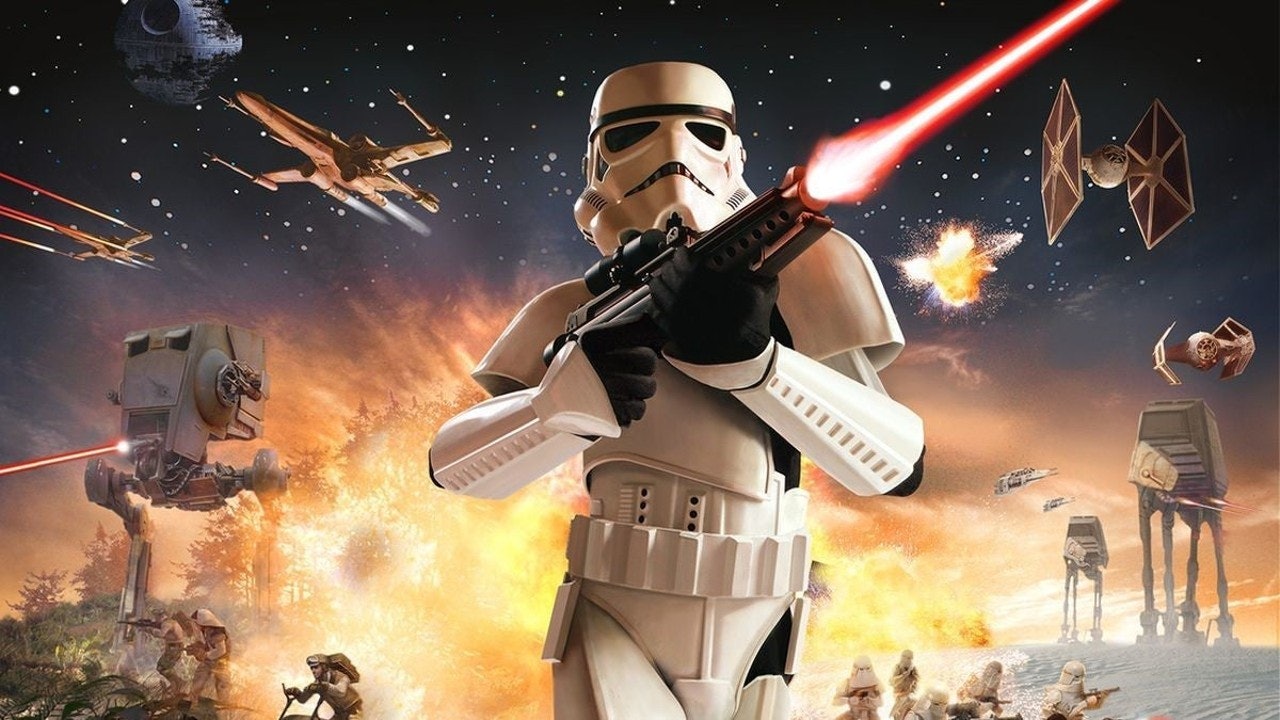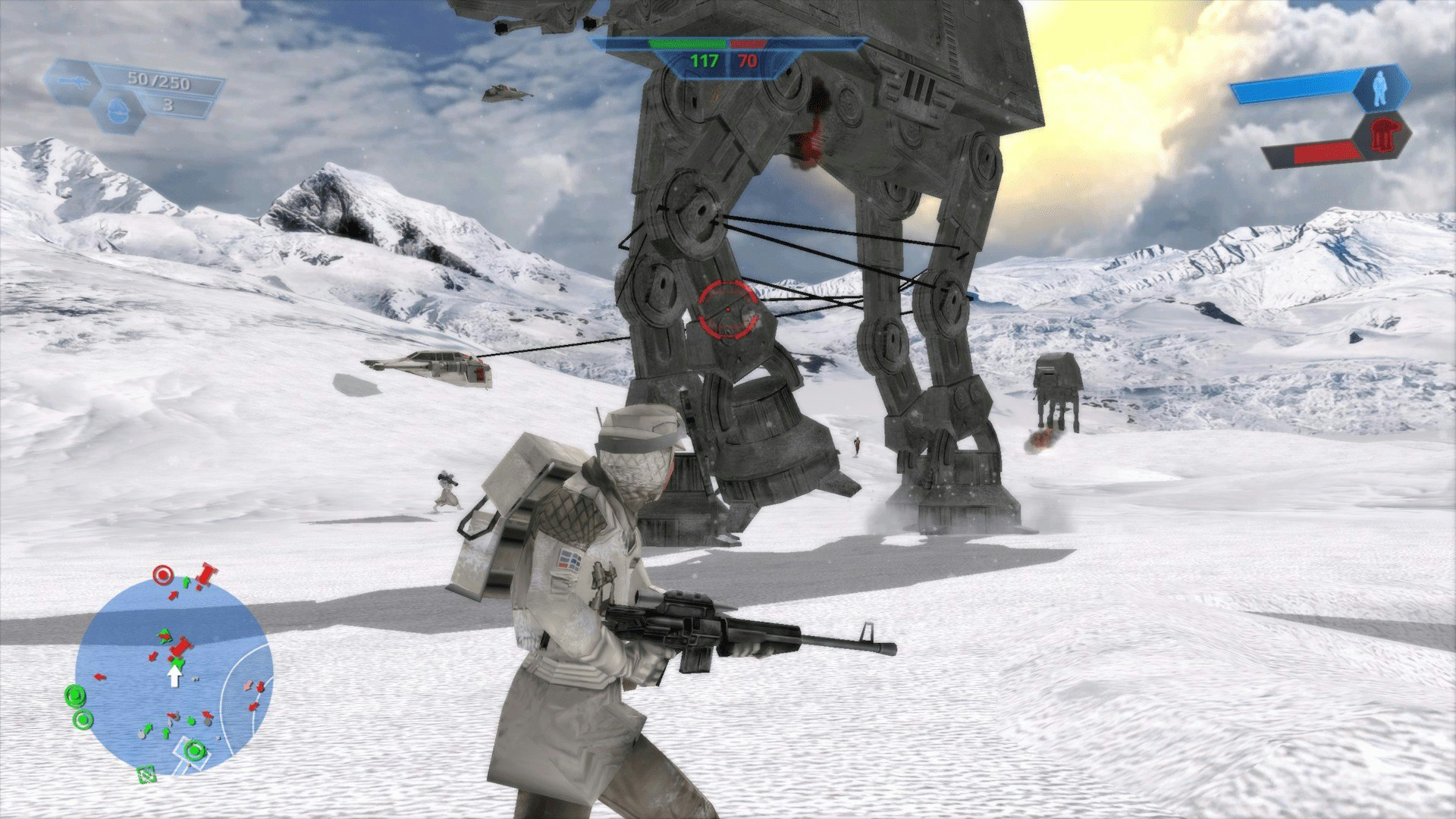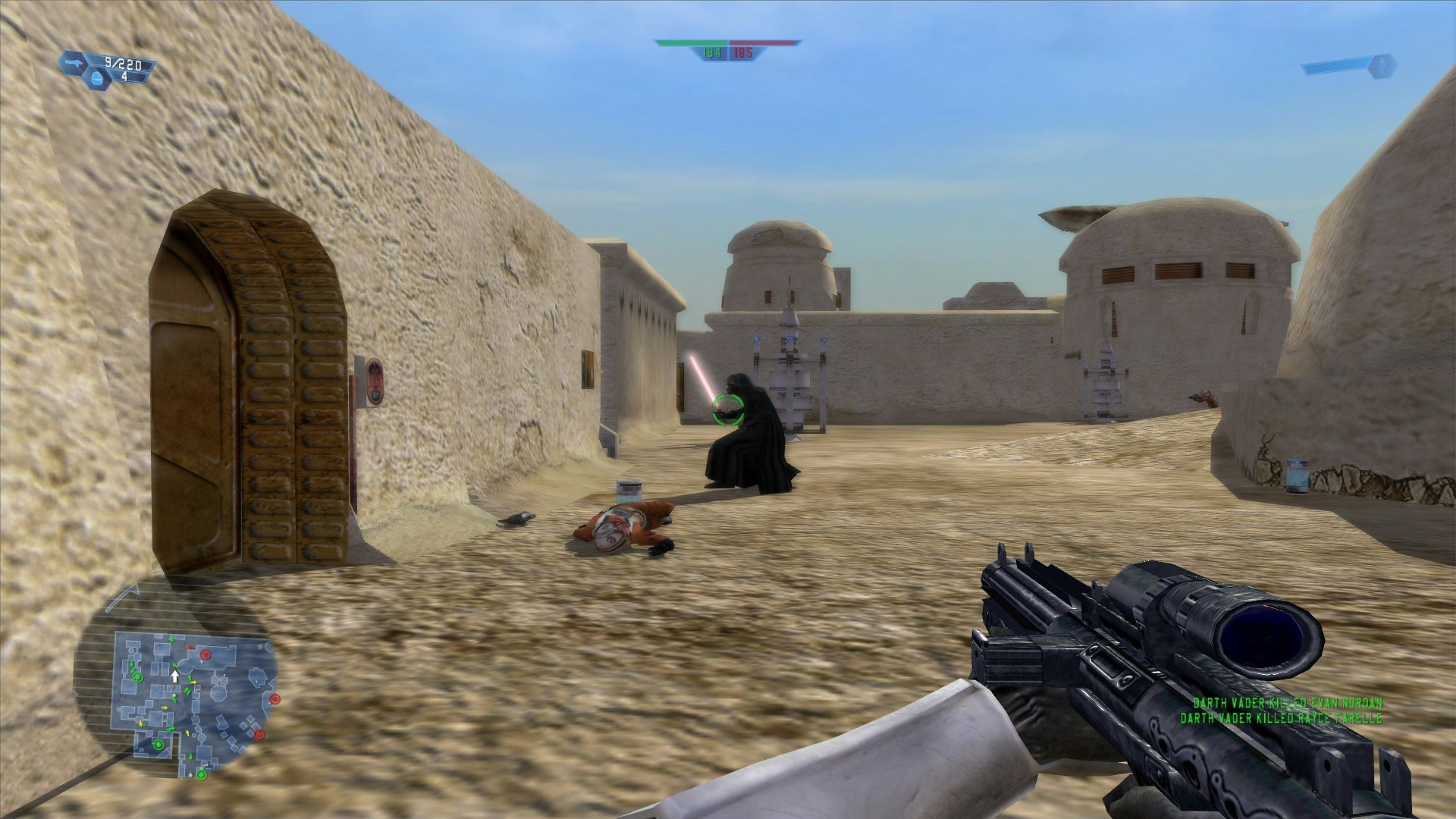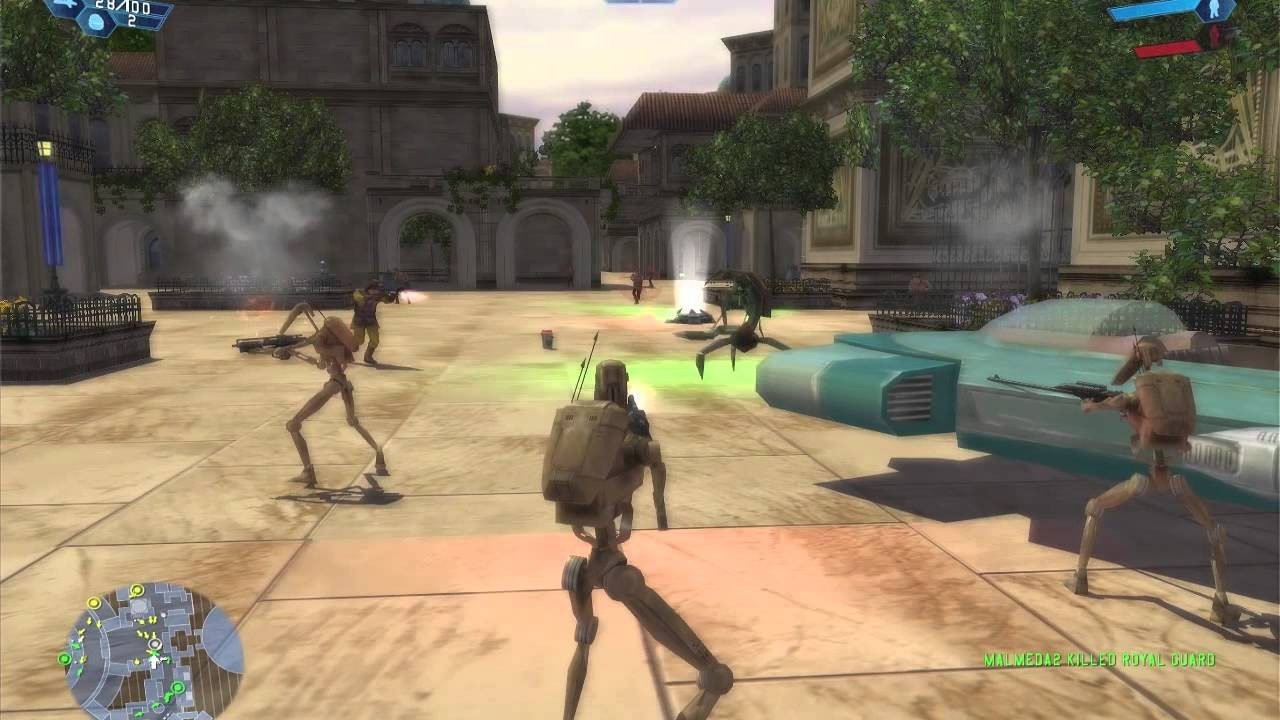
There are few worlds that feel as primed for video game adaptions as Star Wars — it turns out massive galactic conflicts and space wizards with laser swords make for fun games. For years, though, the series’ games focused on that core Skywalker story and the power of the Jedi. That all changed in 2004 with Star Wars Battlefront, an ingenious take on the franchise that lets you step into the shoes of the average soldier and Stormtroopers. Twenty years later, the series has yet to top the engrossing experience provided by Battlefront. Seeing the nitty-gritty battlefield of a galaxy far far away, to this day, is one of the best ways to experience Star Wars.
There are a handful of reasons Battlefront was such a massive success, but there’s really one core defining feature you can point to — it fully embraced the fantasy of living in Star Wars’ biggest battles. Each match in Battlefront is conquest-based, meaning two massive teams of players, or AI, go against each other to capture points and take over the entire battlefield.

Even by today’s standards, few games can capture the absolute chaos of massive armies clashing like Battlefront. Take the battle of Hoth for example — massive AT-AT’s advance on the Rebels, glassing the ground with blaster fire as grenades explode in all directions, and soldiers mill like ants through the trenches to try and stay alive. Battlefront drops you smack-dab in the middle of these conflicts, scraping to stay alive and give your army every inch you can.
Immersion is a term that’s often overused for video games, but it’s hard to think of any other word with Battlefront. When you’re a Stormtrooper running through the forest of Endor as Ewoks pepper you with spears and rocks, it’s easy to forget that anything else exists outside of that moment. Battlefront’s impeccable visual and sound design also helps drive home that iconic Star Wars aesthetic, from the twang of blaster bolts careening off of metal to the robotic chirps of Battle Droids.

Of course, another major factor of Battlefront’s success is simply the fact that it’s a blast to play. The developer smartly adopted a class-based system for Battlefront’s multiplayer action. This lets players lean into specific playstyles based on their skills. If you want to support your allies with buffs and hang back from the frontlines, you can play the Engineer or Sniper — or if you want to focus on taking down enemy vehicles, be an Assault Trooper. All of the game’s classes are smartly balanced to have strengths and weaknesses — meaning that teamwork is absolutely vital.
But the other fun twist layered in with Battlefront 2, released in 2005, is the hero characters. Accruing a high enough score during a match lets you spend points to play as an iconic hero, from Han Solo to Ki-Adi-Mundi. Playing as these hero characters is a pure adrenaline rush. Normally you’d be hesitant at even a single enemy, who could easily take you down — but blazing through dozens of enemies with a Lightsaber makes you feel like a god. Those hero elements combined with the aesthetic and teamwork focus make Battlefront feel drastically different from any other shooter out there. It’s a game that revels in the absurdity of Star Wars’ sci-fi military.

Since the release of Battlefront, we’ve seen countless other Star Wars games try and branch out in new and unique directions — Lego Star Wars, EA’s new take on Battlefront, and even the recent release of Outlaws. It feels like all of these might not have happened without Battlefront taking the chance to do something wildly different — to show Star Wars from an angle we’d never seen.
It’s hard to overstate how influential Battlefront was, even other series like Battlefield and Lord of the Rings have drawn inspiration from it. Perhaps what’s most impressive, however, is that the game still holds up every bit as well today as it did two decades ago. Battlefront is still a blast to play in every way, and it’s the kind of game you say just a couple of matches, and next thing you know, it's four in the morning.







